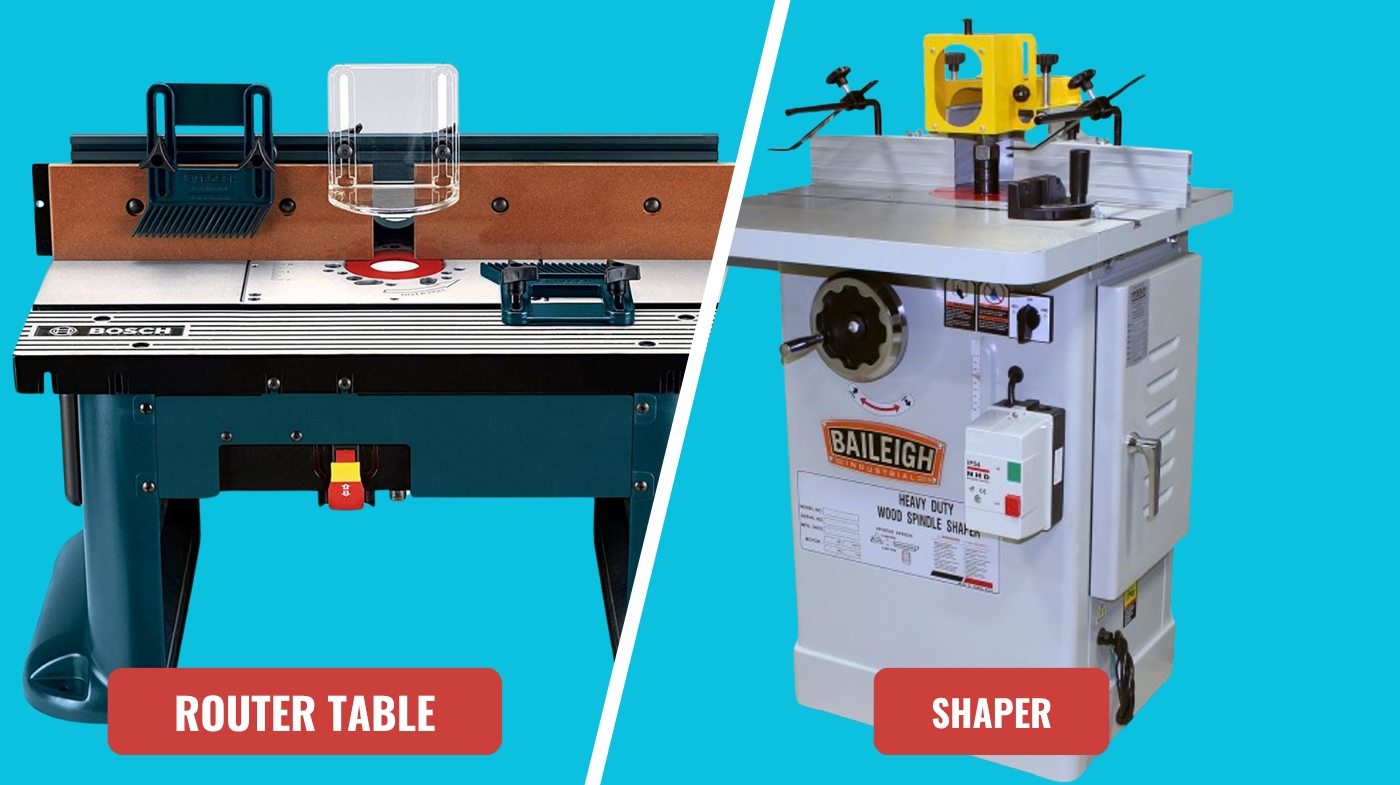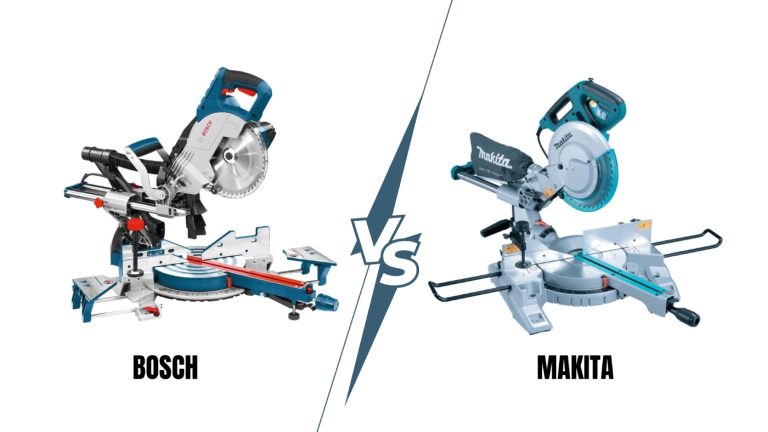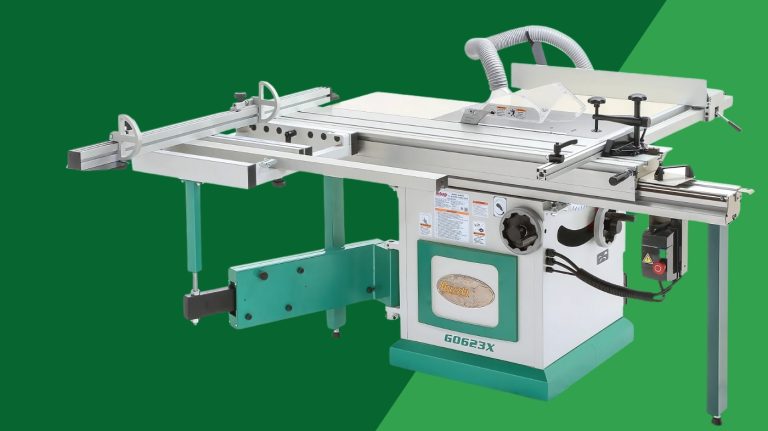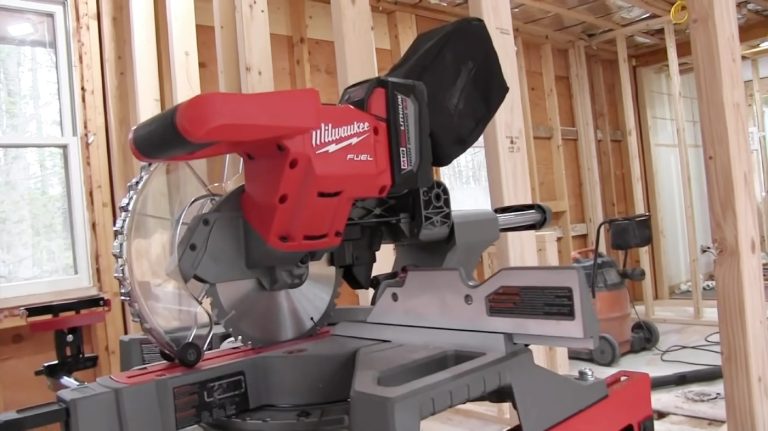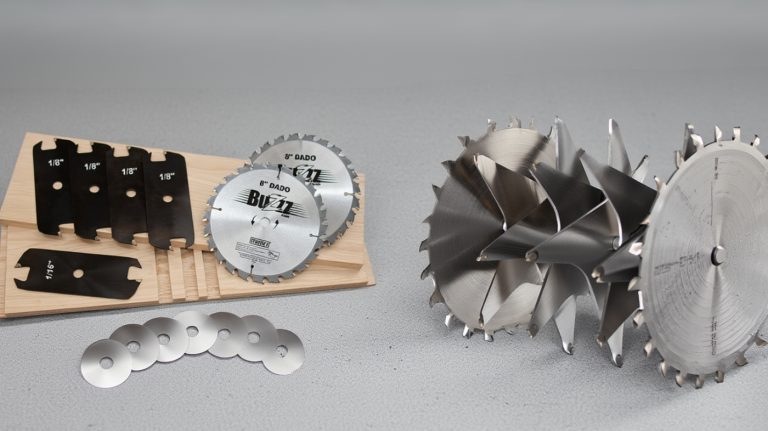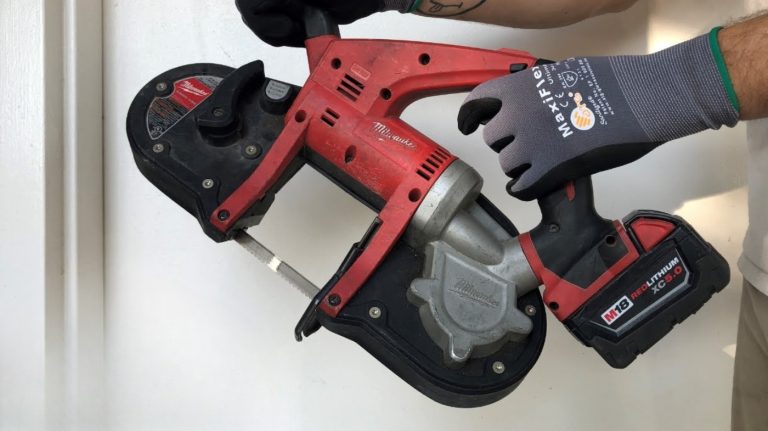Router Table vs Shaper: Which One Powers Your Project Best?
If you need heavier power and larger cutter capacity, a shaper offers superior torque with belt-driven motors and supports bigger spindle diameters for complex profiles.
Router tables fit smaller bits at higher RPMs, suited for fine, detailed work but may overheat during long runs. Shapers handle repetitive, high-volume tasks more efficiently with better stability and safety.
Choosing between them depends on your project’s scale, precision, and budget—explore further to understand which suits your specific woodworking needs.
- BENCHTOP ROUTER TABLE DESIGN: Features a large aluminum top for extended work area, durability and…
- RIGID ALUMINUM MOUNTING PLATE: Pre-Drilled for compatibility with a variety of routers and for…
- EXTRA TALL ALUMINUM FENCE: Has adjustable faceplates and featherboards to maximize precision and…
- Powerful 1-1/2 HP motor delivers dependable power, even on heavy jobs
- Independent left and right fences feature micro-adjustment and have zero-clearance capability
- Fully enclosed, heavy-duty steel stand has a removable cover for easy motor access
Key Takeaways
- Shapers have larger, more powerful motors (≥1 hp) offering higher torque and continuous heavy-duty cutting, unlike smaller router table motors.
- Shapers use larger spindles and cutters, enabling deeper, complex profiles; router tables suit smaller bits and finer detail work.
- Shapers excel in repetitive, high-volume woodworking with power feeders, while router tables are ideal for small workshops and detailed tasks.
- Shaper setup requires precise fence alignment and cutter installation, with advanced safety features; router tables are simpler but noisier.
- Shapers have higher upfront costs but deliver durability, longer cutter life, and better long-term value compared to lower-cost router tables.
Power and Performance Comparison
Although both router tables and shapers serve similar woodworking functions, shapers deliver considerably greater power and performance due to their larger, belt-driven induction motors and heavier-duty spindles.
You’ll find shaper motors typically provide 1 hp or more, generating higher torque and continuous power, enabling smooth cuts on large molding profiles and heavy stock without stalling.
For safe transport and setup, disassembling the table saw or similar machinery is recommended to prevent damage.
In contrast, router tables use smaller motors with less torque, prone to overheating under prolonged load. Shaper spindles range from 1/2″ to 1-1/4″ diameter, accommodating heavy-duty cutters requiring robust power. Their heavier construction, larger bearings, and stable spindles reduce vibration and improve cut quality.
Shapers run at lower RPMs but compensate with torque, allowing efficient cutting with large-diameter tools. Router tables work well for lighter tasks but can’t match shapers’ cutting efficiency or durability in demanding applications.
Additionally, shapers are ideal for high-volume or heavy-duty work, making them well suited for tasks like door-making and production environments.
Cutter and Bit Compatibility Differences
Power and motor capabilities directly influence the types of cutters and bits each tool can effectively use. Shapers accommodate larger cutters that slide onto various spindle sizes (e.g., ¾” or 1¼”), enabling deeper cuts and complex profiles.
Router tables use router bits with fixed shanks designed for higher speeds but smaller profiles. Some shapers include collet adapters to use router bits at slower speeds, enhancing versatility. The motor power of shapers generally supports heavier-duty tasks compared to router tables.
- Shapers support diverse cutter designs like tongue and groove and straight shapers, unlike router tables.
- Router bits require higher RPM (18,000–25,000), while shapers operate efficiently up to 10,000 RPM. It is important to note that shaper RPM is generally considered low for router bits, which can limit the use of smaller bits.
- Shaper cutters are made from heavier-duty materials, providing greater durability.
- Adapters allow shapers to use smaller cutters on larger spindles, expanding compatibility options.
Suitability for Various Woodworking Tasks
When choosing between a router table and a shaper for your woodworking tasks, you’ll find that each excels under different conditions. You’ll prefer a shaper for heavy-duty, repetitive, and complex profile work due to its power, depth capacity, and cutter variety.
Conversely, a router table suits fine, detailed tasks and small workshops thanks to its precision, compactness, and cost-effectiveness. Power feeders, which maintain a constant feed rate and enable climb cuts, are often paired with shapers to enhance cut quality and safety, but they require significant power and sturdy mounting.
The choice between the two tools often depends on the cutting angle and motor speed requirements of your projects.
| Task Type | Router Table | Shaper |
|---|---|---|
| Heavy-Duty Cuts | Limited depth and torque | High torque, deep cuts |
| Fine Detail Work | High precision, small cuts | Less suited for fine detail |
| Repetitive Tasks | Less efficient for volume | Efficient, compatible with feeders |
| Profile Variety | Limited cutter options | Wide cutter range, customizable |
| Workshop Suitability | Compact, cost-effective | Larger footprint, higher cost |
Operation, Setup, and Safety Considerations
Since shapers deliver greater torque and speed than router tables, they handle heavy-duty cutting tasks with higher efficiency and smoother finishes. You’ll find shapers use easily swapped cutter heads, while router tables rely on router bits fixed to the shaft.
Shapers provide higher torque and speed for heavy-duty cuts, using interchangeable cutter heads unlike router tables.
Setup on shapers demands precise fence alignment and cutter head installation, often integrating power feeders for consistent feed rates. In contrast, router tables offer simpler setups and greater portability.
Keep these key considerations in mind:
- Shapers require experienced handling due to larger cutters and heavier stock.
- Advanced guarding systems on shapers enhance operator safety.
- Router tables generate more noise; shapers run quieter.
- Regular spindle and cutter maintenance on shapers is vital for peak performance.
Additionally, the stability features such as cast iron frames and balanced wheels found in tools like bandsaws are crucial for ensuring precision and reducing vibration during operation.
Cost, Investment, and Long-Term Value
Although shapers demand a higher upfront investment than router tables, their robust construction and heavy-duty capabilities justify the cost for high-volume or industrial applications.
You’ll pay more initially—not just for the machine but also for cutter heads, which cost markedly more than router bits. However, shaper cutters last longer between sharpenings, reducing long-term tooling expenses and downtime.
In contrast, router tables offer lower entry costs and incremental upgrades, making them ideal for smaller shops or hobbyists. Still, frequent bit replacements can accumulate costs over time.
It is important to note that both tools are “jig-rich” and require skill in jig making for optimal use, which can influence overall investment and effectiveness. Shapers deliver greater torque and throughput, enhancing operational efficiency and justifying their price in continuous production settings.
Their durability and industrial-grade design also contribute to a longer service life and higher resale value, providing superior long-term value compared to router tables.
Additionally, the cost considerations between these tools reflect their intended usage and power, making it essential to evaluate your specific project demands before investing.
Frequently Asked Questions
Can I Use a Shaper for Plastic or Metal Materials?
You can definitely use a shaper for metal materials; it excels in precision machining of hard metals, creating smooth surfaces and intricate profiles.
However, using a shaper for plastics isn’t ideal since its rigid, single-point cutting tool may damage or deform softer materials.
For plastics, you’d want tools designed to handle their unique properties, like routers or CNC machines, which offer better control and versatility for softer, less rigid materials.
How Noisy Are Shapers Compared to Router Tables?
You’ll find shapers considerably quieter than router tables because they operate at lower RPMs (2,000–10,000), producing a deeper, less shrill sound. Their belt-driven motors and heavy cast iron construction reduce vibration and rattling noise.
In contrast, router tables spin much faster (20,000–30,000 RPM), causing high-pitched whines and amplified vibration through lightweight frames. So, if noise reduction matters, shapers offer a less fatiguing, more stable acoustic environment.
What Is the Typical Lifespan of a Shaper Versus a Router Table?
Think of a shaper as a sturdy workhorse, built to last decades with proper care, often exceeding 20 years due to its robust construction and minimal internal wear.
In contrast, your router table’s lifespan depends largely on the router itself, which usually serves 3 to 5 years before needing replacement.
The table component, especially those with steel or phenolic tops, can endure over 20 years if maintained well, preserving flatness and performance.
Do Shapers Require Specialized Training to Operate Safely?
Yes, you need specialized training to operate a shaper safely. OSHA requires you to understand its specific uses, hazards, and limitations.
You must learn to inspect the machine, use safety devices properly, and maintain guards. Only after passing competency evaluations and receiving authorization can you operate it.
Training emphasizes recognizing danger signs, responding to machine feedback, and following strict operational procedures to minimize injury risks and guarantee safe handling.
Can I Integrate Dust Collection Systems With Both Tools?
You absolutely can’t afford to ignore dust collection—without it, your workspace turns into a sawdust hurricane. You’ll find router tables offer specialized, easy-to-install dust collection accessories that efficiently trap debris from all angles, often using sealed enclosures and standard vacuum hoses.
Shapers, however, demand custom or manufacturer-specific shrouds and higher airflow systems. Both tools require careful setup to avoid disrupting motor cooling while maximizing dust containment and tool longevity.
Router Table vs Shaper: Make the Smart Choice for Your Workshop
When choosing between a router table and a shaper, consider that shapers can handle bits up to 3 inches in diameter—over three times larger than typical router bits—offering greater cutting power for heavy-duty tasks. You’ll appreciate how this impacts your woodworking precision and efficiency.
Balancing performance, compatibility, and cost guarantees you select the right tool for your projects, maximizing both productivity and safety in your workshop.
- ROUTER TOOL COMBO KIT – Includes SKIL Router Table (SRT1039) and SKIL 10 Amp Fixed Base Corded…
- SKIL ROUTER TABLE – Equipped with Above the Table Adjustment, Integrated Bit Storage, Aluminum Mite…
- SKIL 10 AMP FIXED BASE ROUTER – Powerful 10 Amp, 2.0 HP motor provides smooth and accurate routing…
- Split adjustable T-Slot fence with built in dust port
- Heavy duty miter gauge
- Reversing switch
Last update on 2025-12-22 / Affiliate links / Images from Amazon Product Advertising API

